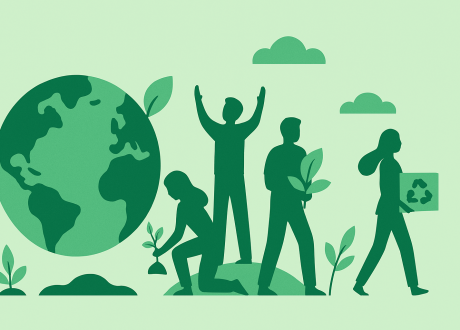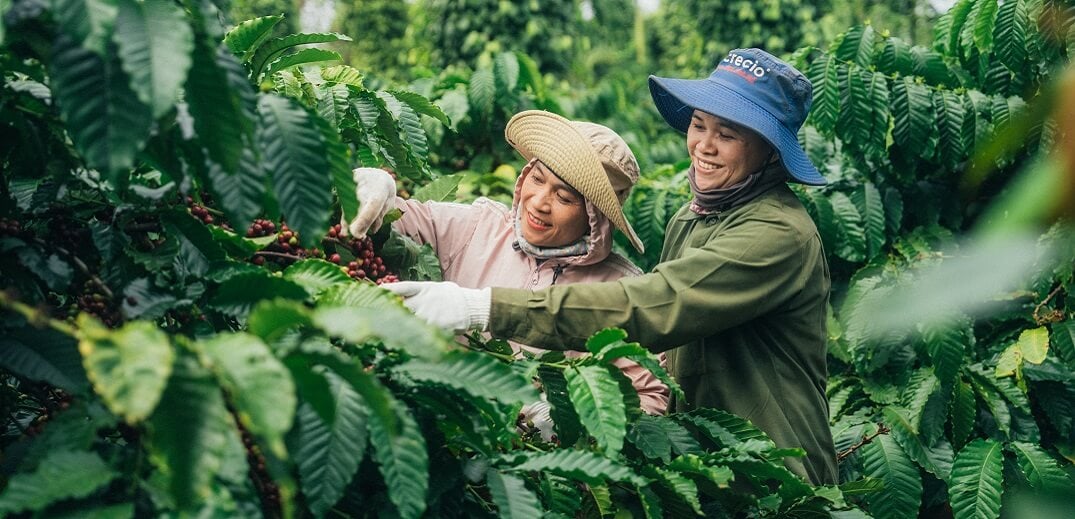
5 Steps to Build an Effective CSR Strategy
In today’s business landscape, Corporate Social Responsibility (CSR) has evolved from being a “nice-to-have” to ...

Nestlé achieved a net reduction of 13.5% of its greenhouse gas (GHG) emissions in 2023 compared to its 2018 baseline, while continuing to grow its business over the same period. This included delivering a reduction of more than 15.3% in methane emissions.
The company has successfully decoupled its growth from its emissions and is on track to reach a 20% absolute reduction of GHG emissions by 2025.
These significant reductions in GHG emissions come from programs and initiatives implemented across all three scopes of activities (scope 1, 2 and 3). In 2023, 94% of the decline of Nestlé’s GHG emissions came from reductions in its operations and supply chain.
Antonia Wanner, Group Head of ESG Strategy and Deployment at Nestlé said “Our progress on emissions reductions is proof of our unwavering commitment to our net zero roadmap. We are working closely with our partners to help make food production more sustainable, while aiming at enhancing livelihoods across our value chain at the same time. A just transition is crucial to accelerate our efforts.”
More than two-thirds of Nestlé’s GHG emissions come from sourcing its ingredients, and dairy is the single largest source of emissions. To tackle emissions at farm level, Nestlé is working with its suppliers and the farmers it sources from to help them transition to regenerative agriculture practices, based on five key pillars of action: diverse cropping systems and livestock integration, biodiversity, collective and landscape actions, soil health, and water security and quality. All measures are tailored to the region concerned and are locally relevant.
The company is committed to providing technical, collaborative, or financial assistance to support a just transition for the farmers with whom it works. The work in coffee, through the Nescafé Plan 2030 and the Nespresso AAA Sustainable Quality™ Program, or in cocoa, through the Income Accelerator Program, are helping increase productivity and improve farmers livelihoods. One quarter of the reductions achieved in 2023 came from dairy and livestock projects such as our initiatives under the Ninho brand in Brazil.
At the end of last year, 15.2% of Nestlé’s raw materials were sourced from farmers adopting regenerative agriculture practices. The company’s ambition is to get to 20% by 2025.
Nestlé is also making its own operations more energy efficient and is increasing its use of renewable electricity. As of the end of 2023, 91.9% of the sourced electricity in its global manufacturing sites was from renewable sources.
Looking ahead, Nestlé is working on further reducing emissions through a combination of agroforestry, deforestation prevention and new farming practices, while boosting innovation both in products and in agri-tech through its own research and development and external partnerships.
Nestlé has approved near and long-term science-based emissions reduction targets with the SBTi. The SBTi has validated Nestlé’s net-zero science-based target by 2050. These targets include its specific Forest, Land and Agriculture (FLAG) sector objectives for 2030 and 2050.
اترك تعليقا